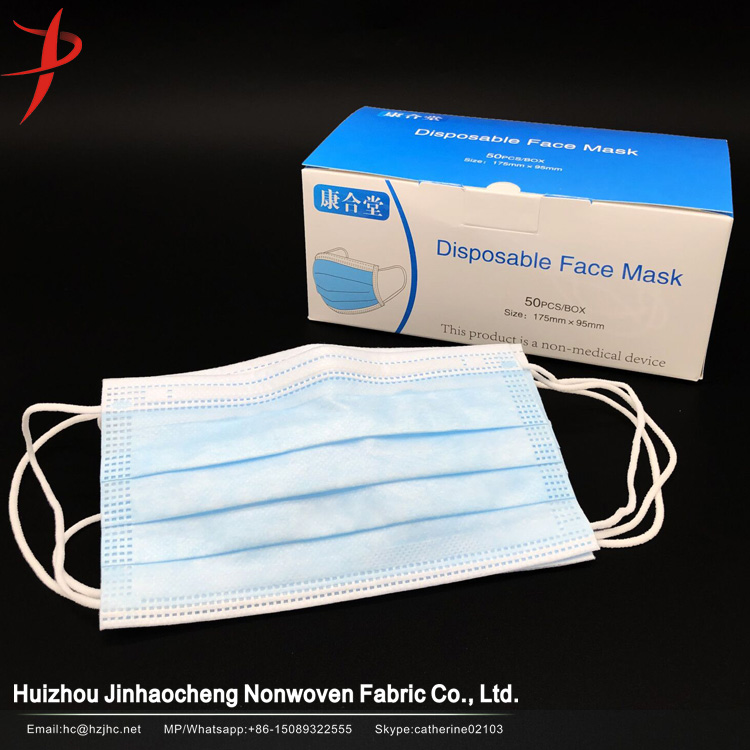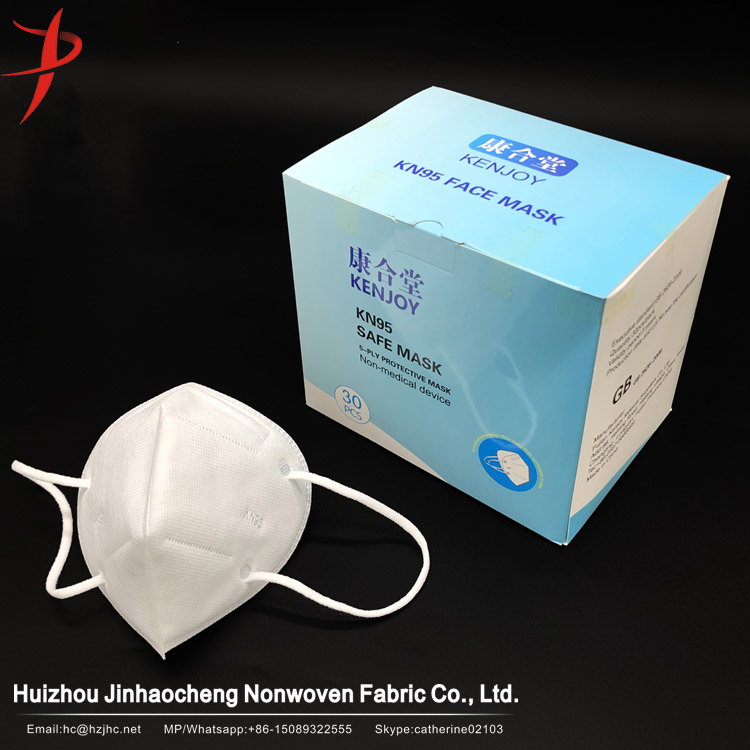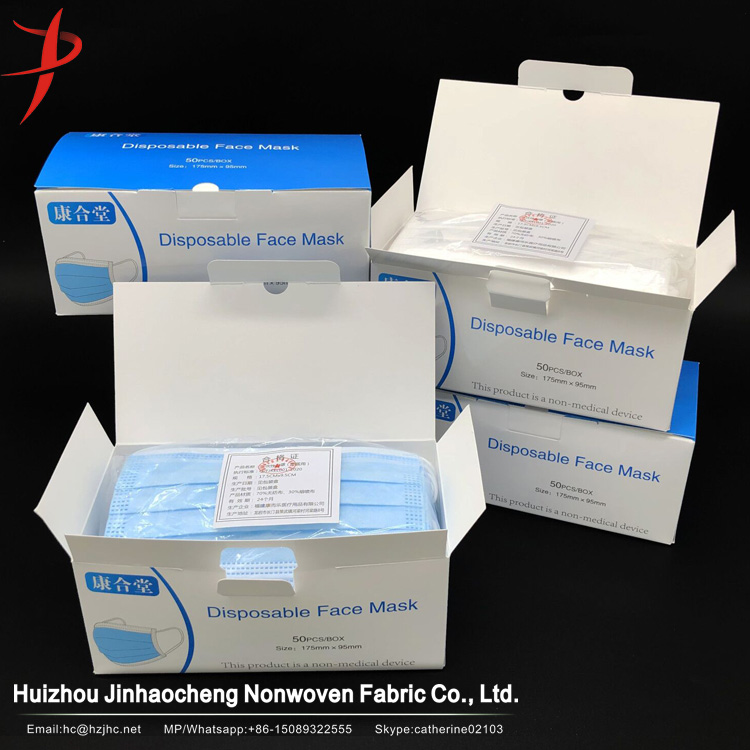First, medical masks. The most common medical masks are disposable non-woven masks, gauze masks and antiviral masks.
1. Disposable non-woven mask with more than three layers can isolate bacteria and dust, and it is safe and reliable to use once, without the risk of secondary infection.
2. Gauze masks are the type of masks that have been in use all the time. Miao cloth masks are widely used in the field of medical care and research.
3. Anti-virus masks are mainly made of non-woven cloth with a filter layer in the middle. Generally, the filter layer is made of molten spraying cloth.It has the function of sterilization and sterilization.
4. In fact, ordinary masks are only inferior to medical masks in material.
It is mainly about functions and occasions of use. The current era of high atmospheric pollution brought by industrial society makes the development of masks a unique field.According to the applicable occasions and user needs of the subdivision of the field will continue to improve and develop.So, medical or ordinary, the difference may be style, may be filtration accuracy, may be applicable, may be respiratory comfort.
In case of this year's novel Coronavirus outbreak, stock up on face masks.
There are many differences between masks and their protective abilities
Is there any difference between ordinary disposable masks and medical disposable masks?
Common disposable masks & LT;Ordinary medical masks & LT;Surgical masks & LT;Medical protective mask
Medical protective masks: they are suitable for medical staff and related staff to protect against airborne respiratory infectious diseases with high protection level.
Surgical masks: basic protection for medical or related personnel, and protection against the spread of blood, body fluids and spatter during invasive procedures;
Ordinary medical mask: the protective effect against pathogenic microorganisms is not exact. It can be used for one-time health care under ordinary environment, or to block or protect particles other than pathogenic microorganisms such as pollen.
In fact, these are national standards, it is not random
(1) Medical protective masks
In line with gb19083-2003 "Technical Requirements for Medical Protective Masks" standard, important technical indicators include non-oily particle filtration efficiency and airflow resistance:
1. Filtration efficiency: The filtration efficiency of the aerodynamics median diameter (0.24±0.06) m sodium chloride aerosol was not less than 95% under the condition of air flow rate (85±2)L/min, that is, it conforms to N95(or FFP2) and above grades.
2. Suction resistance: Suction resistance shall not exceed 343.2Pa under the above flow rate conditions.
(2) Surgical masks
In line with YY 0469-2004 Technical Requirements for Surgical Masks, important technical indicators include filtration efficiency, bacterial filtration efficiency and respiratory resistance:
1. Filtration efficiency: The filtration efficiency of the aerodynamic median diameter (0.24±0.06) m sodium chloride aerosol was not less than 30% under the condition of air flow rate (30±2)L/min;
2. Bacterial filtration efficiency: Under specified conditions, the filtration efficiency of staphylococcus aureus aerosol with average particle diameter of (3±0.3) m was not less than 95%;
3. Respiratory resistance: Under the filtration efficiency flow condition, the inhalation resistance shall not exceed 49Pa and the exhalation resistance shall not exceed 29.4Pa.
(3) Ordinary medical masks
In accordance with the relevant registered product standards (YZB), the filtration efficiency requirements for particles and bacteria are generally lacking, or the filtration efficiency requirements for particles and bacteria are lower than those for medical surgical masks and protective masks.
(4) Ordinary disposable masks
Ordinary gauze masks are not managed as medical devices
Post time: Oct-12-2020



